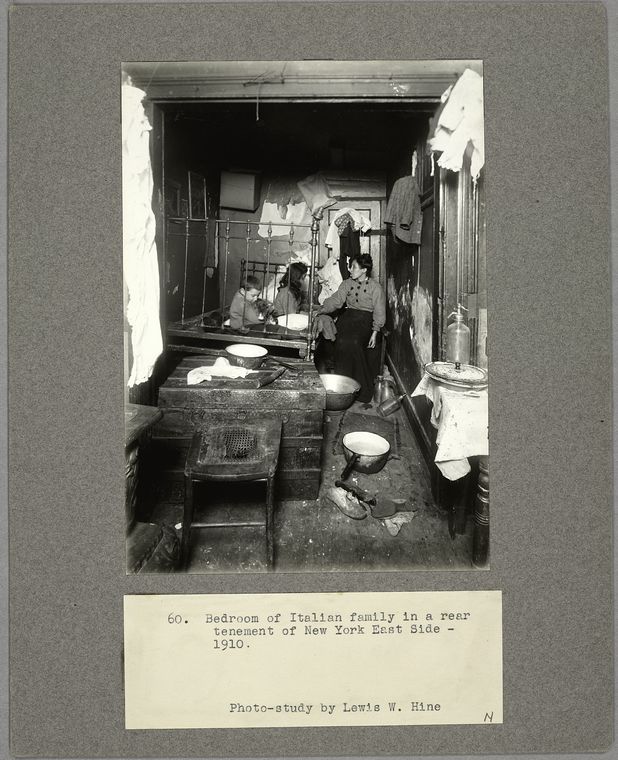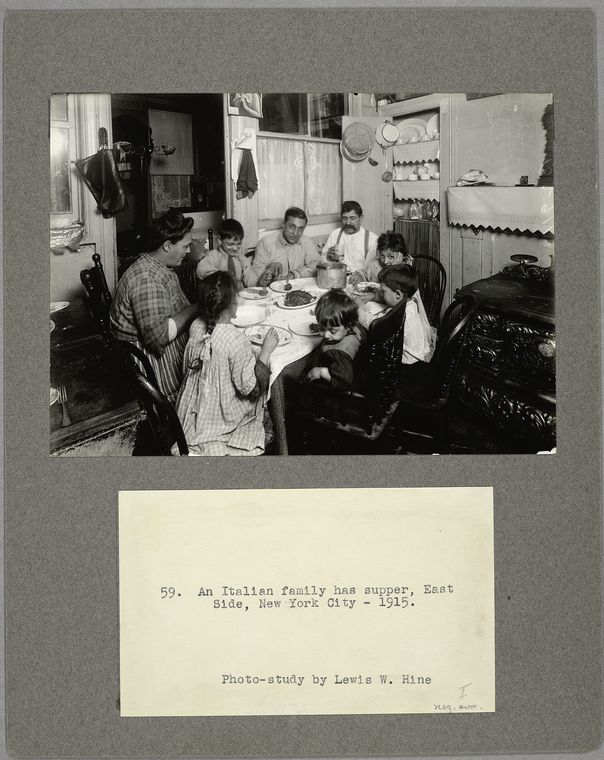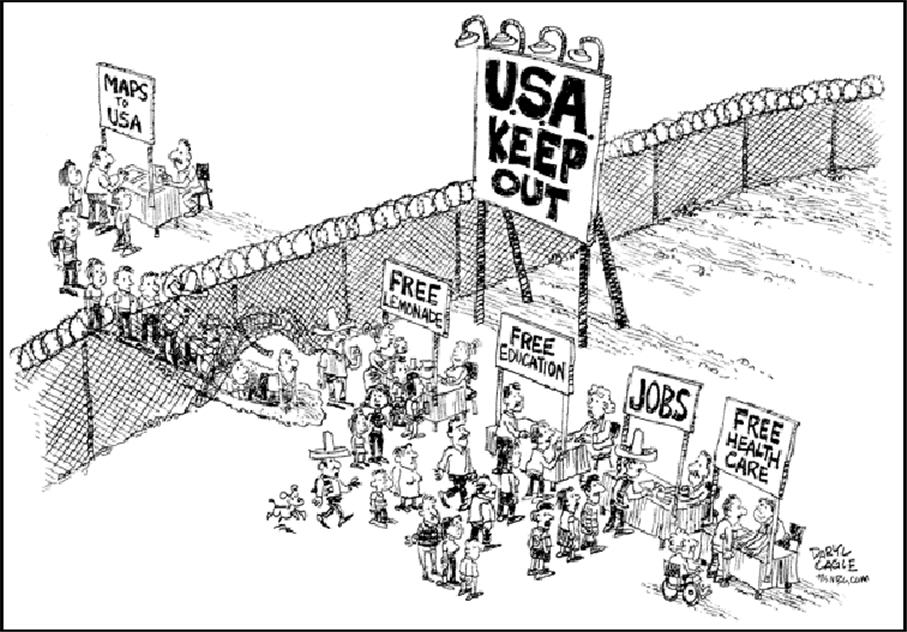
- An English and Yiddish sign asking for people to support the strike, by saying, “Help the garment workers in their fight for bread and freedom,” The Uprising of the 20,000, New York, New York: ca. 1910. From the Kheel Center at Cornell University.

- Strikes on the picket line, The Uprising of the 20,000, New York, New York: February 2010. From the Library of Congress.
In the two photographs, it illustrates the dynamics of the Uprising of the 20,000 strike against the New York’s garment factories. The strike, which began in November 1909, was the result of the incident at the Triangle Shirtwaist Company, where workers died because of the failure to monitor the working environment. Immigrant workers, mostly Jewish women, were employed in the garment factories. In the first photograph from the Kheel Center at Cornell University, a sign in both English and Yiddish asked for people to support the garment workers win the battle in order to have “bread and freedom.” One of the primary concerns that the workers protested against their employers was safer working conditions. This photograph shows that the garment workers needed all the help and support they can get. The fact that the sign is in Yiddish shows how Jewish immigrants are deeply affected by the garment industry. In the second photograph from the Library of Congress, it shows two women on the picket line during the Uprising of the 20,000. These women look proud to be on the picket line as they are seen smiling at the camera. The women are portrayed to be bravely supporting their cause as they wear the signs with pride.
There are several differences in the two photographs. The first photograph was taken in Decemeber 1909, when the strike just begun. It may be an indication that the strike was not generating enough support yet, hence the sign on the shop. However, the second photograph was taken in February 1910, a few months into the strike. By this time, the strike was gaining recognition and respect for their cause. This is the reason for the gloomy mood in the first photograph. In the second photograph, it shows that people were not afraid to stand up for what they believe in as they march and protest for their rights. In addition, the first photograph focuses more of the impact the strike has on immigrants when compared to the second photograph.






















 The map of the United States compose of all different races of immigrants in the nation.
The map of the United States compose of all different races of immigrants in the nation. A political cartoon of illegal U.S. immigrants.
A political cartoon of illegal U.S. immigrants.